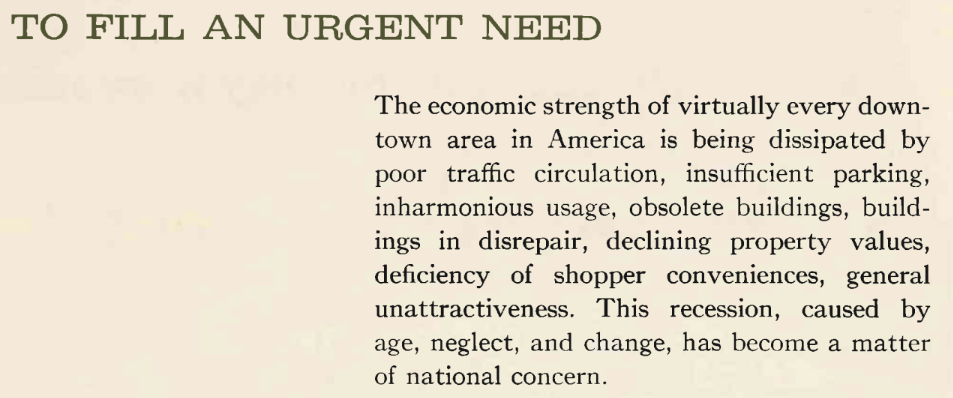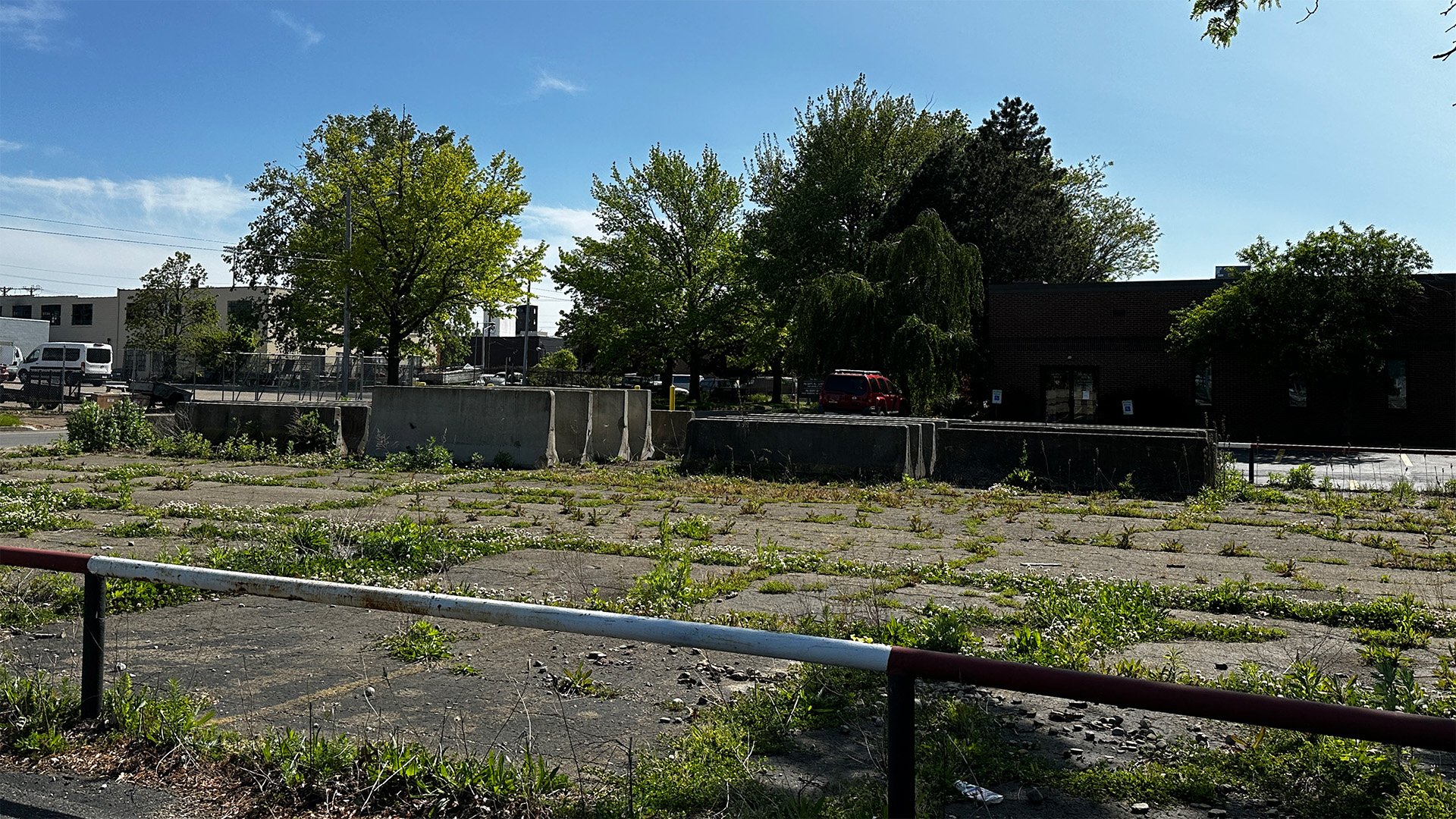Erie Was a “Walkable City Once, Before the Federal Bulldozer Came to Town”
Strong Towns member Tom Weber was born and raised in Erie, Pennsylvania, at a time when adults and children walked around his neighborhood regularly. Whether it was to run an errand at the local corner store, see a friend, or go to work, people moved about the neighborhood. Weber walked, too, for everything he needed was at a close walkable distance, especially with downtown being just six blocks away. But in the 1960s and 1970s, Lake Erie underwent an urban renewal project in efforts to revitalize its downtown and ensure “better traffic flow.”
The city told locals urban renewal was necessary to address the collapsing economic strength of downtown. In their Downtown Erie Renewal report, public leaders attributed the decline of economic strength to poor traffic circulation, insufficient parking, and other aspects like obsolete buildings. In keeping with the prevailing planning beliefs of the time, the city tore down homes in favor of factory parking lots, highway lanes, and more modernized buildings.
A clipping from the Downtown Erie Renewal report.
As a 14-year-old kid, Weber didn’t have a name for what he saw. “I just knew that a bunch of my friends who lived nearby suddenly didn’t live nearby anymore,” he said. “And that a whole neighborhood was gone.”
One neighborhood that was destroyed (which was part of a historically Black neighborhood), rested along West 11th Street. Weber recalls it once being a popular place to live with working factories and businesses right next door along 12th Street.
“You saw armies of guys with lunch buckets on their way to work through the neighborhoods,” said Weber.
But by the end of the 20th century, that had all changed. Amid promises of an economic boon and new jobs, demolition began.
1962 clipping of The Erie Times News. (Click to enlarge.)
“What you see now is we are filled with empty parking lots on both sides of the street, where once a population of several hundred families lived,” said Weber.
Parking lots along West 11th Street. (Source: Tom Weber.)
The growth that civic leaders promised never arrived. Instead, downtown Erie slowly withered. West 11th Street is just one example of the damage done by the city's renewal efforts. Along with other neighborhoods, many historic buildings in downtown were also demolished, such as the old city hall, Shea’s Theater, and the Reed Mansion.
“We were a compact, walkable city once, before the Federal Bulldozer came to town,” said Weber.
In the 1990s, Erie gave over its lakefront to the Bayfront Parkway Highway. PennDOT advertised that the economic vitality of downtown relied on having “drivers from Pittsburgh on I-79” directed right into the city. So they made the once accessible lakefront into a place where no vehicle ever has to stop.
Locals assert that the highway has proven itself to be an impediment to revitalization, rather than an asset. It’s made walking or biking downtown more dangerous and less desirable, and the roadway largely remains a high-speed bypass of downtown Erie versus an easy route for people to stop and engage with the environment.
Despite this, PennDOT announced a few years ago that it would widen the highway through its Bayfront Parkway project, and add two large roundabouts. Like before, they promise this will be an economic boost for the city as well as ease traffic.
“They're doing all kinds of contortions to make it not look like an expressway,” said Weber. “But basically what they're building is an expressway.”
PennDOT plans to remove a sidewalk and some of the library parking lot to create a roadway with “greater connectivity.” While the project will include a pedestrian bridge, locals say the bridge will be off the most direct walking route—causing people on foot to travel out of their way to cross the highway.
The local NAACP branch and the environmental advocacy group Citizens for Pennsylvania's Future, known as PennFuture—even engaged PennDOT in a lawsuit, pressing that “PennDOT’s pre-selected project design prioritizes cross-city commuters over the health, safety and bayfront access of downtown residents.”
But in December of 2022, the judge ruled in favor of PennDOT and relieved them of obligations for a public hearing on the project. The judge deemed that, despite multiple local groups opposing the project, the project wasn’t controversial and would not significantly impact the environment, so PennDOT can move forward without court-based opposition.
“Essentially, we are still doing what Jane Jacobs warned of,” said Weber: “Creating a sterile, people-unfriendly downtown with corporate and institutional buildings in park-like settings, and of course, plenty of daytime parking and a fast, easy escape route to the suburbs at the end of the day.”
Strong Towns is empowering residents across North America to speak up about the toll that wanton freeway building has taken on the vitality and prosperity of our cities and neighborhoods. And we aim to give you the tools to fight back against highway expansions that continue to inflict grave harm on local communities. Help us support these efforts by becoming a member today.




Seairra Jones serves as the Lead Story Producer for Strong Towns. In the past, she's worked as a freelance journalist and videographer for a number of different organizations. She currently resides between small-town Illinois and the rural Midwest with her husband, where they help manage a family homestead. When Seairra isn’t focusing on how to make our towns stronger, you can find her outside working on the farm, writing fictional tales in a coffee shop, or reading in a hammock.